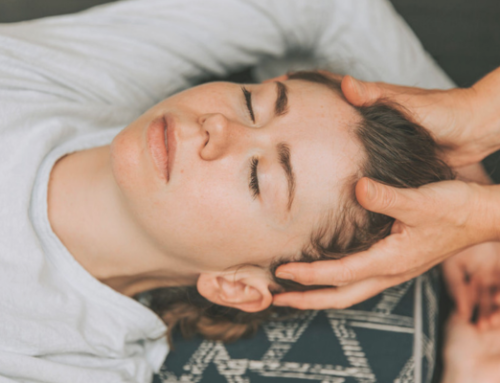Doing more than just surviving Hayfever….
by Beth Ladwig
Blissful spring with a constant runny nose, sneezing and itching eyes is not that blissful. Here are some practical, at home tips for reducing your allergy symptoms.
- Change your clothes as soon as you get home on windy, high pollen count days. If you are very reactive, wipe down your jacket with a damp cloth before you put it away as pollens can attach to clothing and cause lingering symptoms.
- Use a damp cloth to wipe surfaces inside every day, or as much as possible as every bit helps. This reduces the dust/pollen collection inside. Vacuuming requires a “hepa” filter to get into the deeper fabrics of carpets etc. Often vacuuming can stir dust etc so use a protective face mask to filter pollens/dust when vacuuming or on hard surfaces uses a damp mop instead.
- Trial a netti pot, this teapot looking device allows you to rinse your sinuses, reducing the build up of mucus and caught allergenic debris within the sinuses. Please be aware that citronella oil and other essential oils may be too strong if you are experiencing reactive symptoms.
- Putting a drop of peppermint oil in a base oil of olive oil, almond or jojoba and applying this to the edges of the nostrils, under the nose etc before leaving the house can help clear the sinuses and as an added bonus keeps you awake. Please use 100% essential oil for this (no flavourings or perfumes) as it’s the volatile oil of the peppermint that clears the sinuses.
Food!
Nature is giving us a helping hand by providing the fruits and vegetables high in nutrients that will help us to reduce the release of mast cells containing histamine that creates the itching eyes, mucus and running nose.
- High vitamin C
Pineapple – particularly the core, low food mile oranges, mandarins – imperial, berries, limes., lemons, grapefruits.
- Parsley, red chilli, red capsicums, mustard greens, spinach.
- High zinc foods
Kelp, eggs, peppitas, sunflower seeds, sesame seeds, garlic, miso, sardines, mackerel, brazil nuts, olives, seafood in season (oysters, scallops).
High quercetin foods
All brightly coloured fruits and vegetables contain flavonoids, quercetin, rutin and hesperidin being the common ones. These flavonoids reduce the release of mast cells once the body begins its allergy response.
Eating the pith (the white parts of the capsicum, lemon, orange etc) contains high flavonoids.
Buckwheat contains high rutin
Apples contain high quercetin
Citrus (lemon, orange, mandarin, grapefruit) and vegetables (broccoli, capsicums) contain high hesperidin.
Foods to reduce
Dairy gets the evil eye during allergy season but this needs to be tailored to you as an individual. You will notice a reaction to dairy within minutes of ingesting it if you either don’t produce lactase the enzyme designed to digest the dairy protein chains or if you react to the dairy protein chains them selves. You may notice a clearing of the throat, mucus build up in the throat, runny nose, and sensation of mucus in the ears. These symptoms may be caused by other factors so investigate…trial introducing three servings of dairy on one day and wait 48 hours…what symptoms do you have? Otherwise see a health practitioner for support.
The reason we reduce dairy during hayfever season for those that are reactive to it is that it compounds the symptoms.
Dairy alternatives
- You may tolerate coconut yoghurt instead of dairy yoghurt. Please moderate your consumption.
- Pulse cashew nuts and chopped pear in a blender for a delicious cream alternative. Or use cashew nuts and water.
- Tahini spreads instead of cream cheese with vegetable sticks.
- Avocado instead of icing sugar.
- 10 almonds soaked in water overnight, rinse the almonds and then blend with ½ cup of water for your fresh almond milk. You may wish to squeeze the milk through a cloth to remove the pulp. Note swap nuts for any nut milks.
Other foods to include are herbal teas.
Scutellaria baicalensis (Skullcap), Calendula officinalis (calendula), Albizia, Echinacea officinalis (Echnacea), Glycyrrhiza glabra
(liquorice) and Mentha x piperita (peppermint) are excellent for hayfever reduction.
Pop into Kundalini House for a blend of these herbs or make your own.
Other therapies that can assist with reducing hayfever symptoms:
Please note this is general naturopathic advice for managing and reducing hayfever symptoms. For an individual treatment plan and for severe allergy reactions please make an appointment with Beth Ladwig, Naturopath at Kundalini House.








Leave A Comment